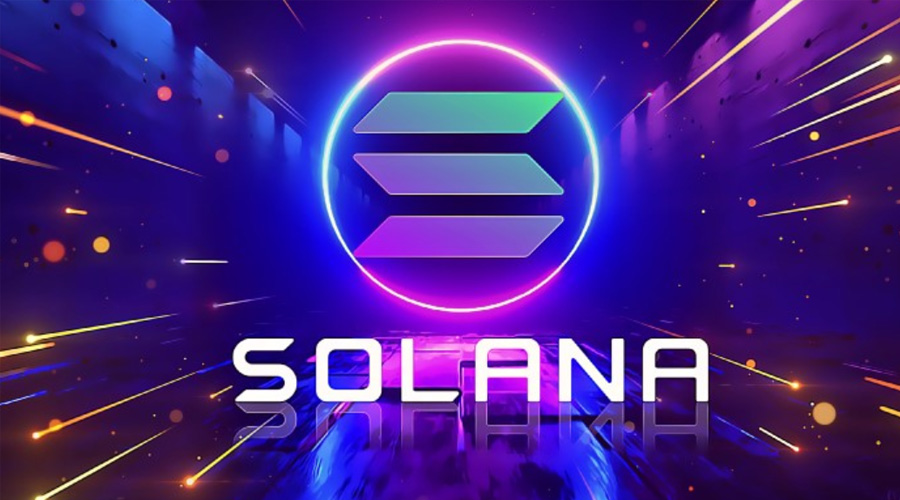Bitcoin miners face mounting challenges as the difficulty adjustment in Bitcoin (BTC) mining continues to impact profitability and an energy crisis disrupts operations.
Created by Satoshi Nakamoto, the difficulty adjustment protocol aims to maintain an average interval of 10 minutes between new blocks, affecting the mining process and costs.
The difficulty adjustment mechanism, a foundational aspect of Bitcoin’s protocol, has a direct influence on mining profitability. As the mining difficulty rises, so do the costs associated with the activity. This has led to a persistent trend of Bitcoin miners operating at a loss, primarily because of the escalating mining expenses.
Bitcoin Miners’ Sustained Losses Over Time
Bitcoin miners have been grappling with a prolonged period of “underwater” mining, where the cost to extract a single unit of the crypto surpasses the average spot price. Since August 2022, the average mining cost for one BTC has consistently exceeded its market value.

According to data from Cambridge University and MacroMicro cited in a report, on August 8, the average cost to mine one BTC stood at $34,835, while the spot price on August 9 was $29,902. This represents a loss of $4,933 per BTC produced.
The impact of the sustained mining losses is particularly harsh on small and medium-sized crypto miners. These entities struggle to maintain profitability, leading to a decline in market share and hashrate relative to larger miners.
This intricate interplay between unfavorable conditions aggravates what is commonly referred to as the “economy of scale” effect within the mining sector, further tilting the balance in favor of the more substantial players in the field.
Simultanesouly, the shrinking hashrate from small-scale miners affects the broader crypto landscape. Hashrate is vital for secure and efficient blockchain transactions. A drop in hashrate can create vulnerabilities, risking security breaches. It also slows transaction validation and confirmation, harming user experience and the cryptocurrency’s appeal for daily use.
Marathon Digital’s Resilience
Meanwhile, Marathon Digital, a prominent Bitcoin mining company, continues to make strides in the face of these challenges. In its second-quarter earnings report, the US-based firm showcased signs of stabilization. Marathon Digital achieved a 54% growth in its hashrate during the quarter, increasing it from 11.5 exahashes per second (EH/s) to 17.7 EH/s.
Marathon Digital recently achieved its mid-year hash rate target of 23 EH/s, showcasing its commitment to maintaining a leading position in the mining space.
Marathon CEO Fred Thiel emphasized the company’s intention to continue its growth trajectory beyond this target, while also acknowledging the industry’s challenges.
As miners navigate through the complexities of rising difficulty levels and energy-related setbacks, their resilience and adaptability will determine their long-term success in the ever-evolving landscape of cryptocurrency mining.
Featured image from Garage Magazine – VICE










